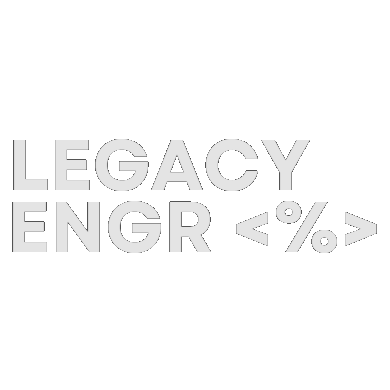For many years, front-end development has been dominated by single-page applications (SPA) frameworks like React and Angular. These frameworks allow developers to create rich, dynamic web applications, but they come with one significant drawback: they require developers to use JavaScript (or TypeScript). At the same time, the backend often uses a completely different language such as C#, Java, or Python. This means organizations need separate teams or developers with expertise in both frontend and backend technologies.
The Challenge of Separate Teams
Having different languages for the frontend and backend creates several challenges. First, it adds complexity because teams must maintain two codebases written in different languages, each with its own set of libraries, frameworks, and design patterns. Secondly, this setup can make communication between frontend and backend teams difficult, slowing down development and leading to potential inconsistencies in how the two sides of the system work together.
Maintaining a system built with two different technologies is also costly in the long term. Your organization not only needs to hire developers who specialize in both frontend (React, Angular) and backend (C#, Java), but you also have to deal with the overhead of keeping these two parts of your application in sync.
Enter Blazor
Blazor offers a solution to this problem by allowing developers to write the entire application—both the frontend and the backend—in C#. With Blazor, the need for JavaScript for frontend development is eliminated. This means that your team can now build everything from the user interface to the business logic in the same language.
Lowering Cost of Ownership and Maintenance
By using a single language for both sides of the application, Blazor significantly reduces the complexity of maintaining the system. Your organization no longer has to maintain two separate codebases, reducing the overall effort required to keep the system running smoothly. This also means fewer bugs, as developers will only have to focus on mastering one language, which lowers the risk of errors caused by switching between languages.
In the long run, this translates to lower costs for maintaining and updating your system. Because there is less complexity, fewer issues arise, and the time needed to fix problems or implement updates is greatly reduced. Blazor simplifies development, resulting in faster turnaround times for bug fixes and new features.

Simplifying Hiring
Another advantage of Blazor is that it makes hiring much easier. With traditional setups, you often need to hire separate specialists for frontend and backend development. But with Blazor, your development team can work across the entire stack using C#. This reduces the need for multiple skill sets, making it easier to find qualified developers.
Additionally, Blazor makes it easier to onboard new developers. Instead of learning multiple languages and frameworks, new team members can focus on mastering just one language, speeding up their ability to contribute to the project.
Other Benefits of Blazor
Blazor also provides other benefits. For example, it offers strong integration with the .NET ecosystem, meaning that developers can take advantage of familiar tools, libraries, and frameworks. Blazor applications can also run server-side or client-side, offering flexibility based on the needs of your application.
Additionally, because Blazor is a .NET framework, it has the backing of Microsoft, which provides a strong level of support and a long-term commitment to the technology.
Conclusion
Blazor is a game-changer for organizations looking to simplify their development process and reduce costs. By using a single language, C#, for both frontend and backend development, Blazor lowers the cost of ownership and maintenance, simplifies hiring, and reduces complexity. For organizations already invested in the .NET ecosystem or looking for ways to streamline their development, Blazor is a smart choice for building modern web applications.

